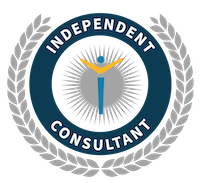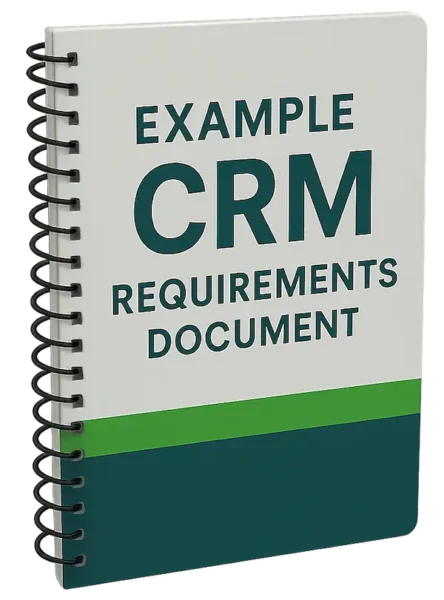If you plan to migrate your company’s legacy data into a new CRM system, there are several questions to ask yourself as you start to plan a data migration.
Coming up with answers to these questions can make your data conversion a smoother experience and better support your strategic CRM goals.

A new CRM system presents a fresh data quality start by not moving garbage from one pail to another.
Here’s a list of the more common questions that might be asked when an organization plans to convert data.
- How many active users do we have in the legacy system?
- Will all these users be licensed users in CRM?
- How many inactive users do we have in the legacy system for which we want to preserve company, contact, and history association in a CRM system?
- How many company records do we have in our current system?
- How many contact records do we have in our current system?
- Are we using groups or tags in the legacy system, and if so, which of these do we need to preserve?
- Do we need to migrate time-stamped notes or history records? If yes, how many are in our legacy database?
- Do we want to migrate all notes and history records, or will we have a cutoff date?
- Do we want to filter out specific types of history records during conversion, such as mail merges or mass emails?
- Do we need scheduled activities migrated?
- Do we need custom fields migrated? If so, approximately how many user-custom fields do we have in our legacy database?
- Are there fields that we aren’t using and that, therefore, should not be migrated?
- Do we have any large dropdown lists that should be changed into cross-table lookups in a CRM system?
- Do we need any data normalized from a series of flat, duplicated fields into a related list in a CRM system?
- Do we want to redefine how we use any of the existing fields? For example, are there free-form text fields that should be transformed into structured as dropdown lists or lookups?)
- Do we need opportunities migrated?
- Do we need file attachments migrated to a new system?
Considering questions like these upfront lays the groundwork for a successful data migration, turning a complex transfer into a strategic opportunity.



